|
|
|
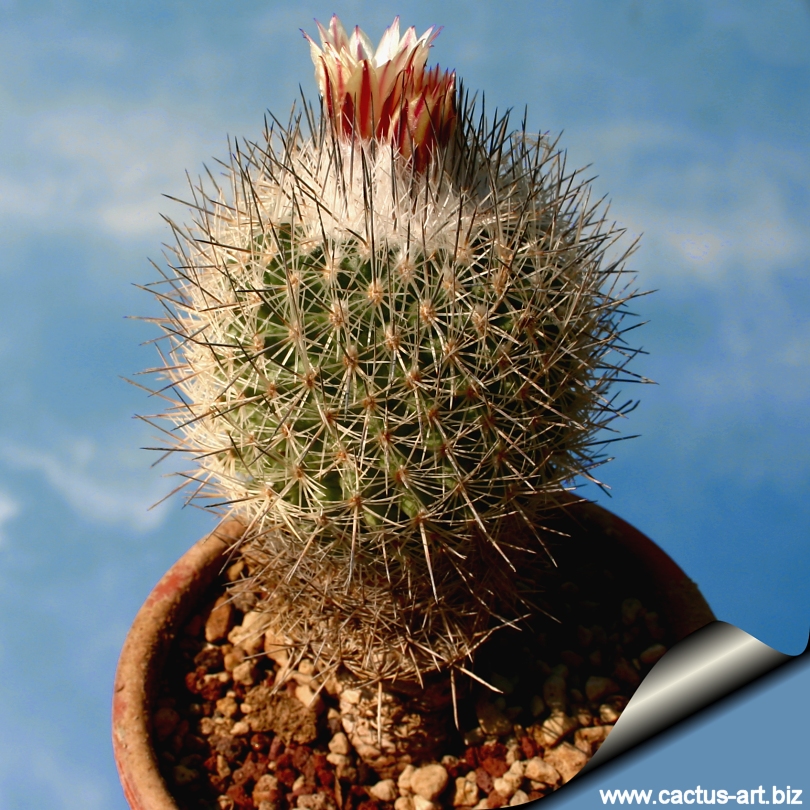
|
Description: Usually solitary, club-shaped
cactus.
Stem: Globular to cylindrical, up to150 mm high, 50mm wide,
greenish-blue with a woolly apex.
Areoles: The areoles in the flowering area are very woolly.
Root: Semi-taproot connected to the stem by a rather slender neck
Tubercles: Pyramidal, conical.
Radial spines: 21-25, bent slightly backwards, thickened at the
base, glassy white with brown tip 3-6 mm long, except for 2 or 3
bristle-like ones, up to 2 cm.
Central spines: 2, brownish black, turning grey with age, one
erect, darker, around 15-20 mm long.
Flowers: Slender funnel form, pale yellow to violet, 18-20
mm long
with darker mid-vein, 15-30 mm wide,1-2 cm long.
Blooming season: Spring to summer
Fruits: Greenish-brown, small.
|
|
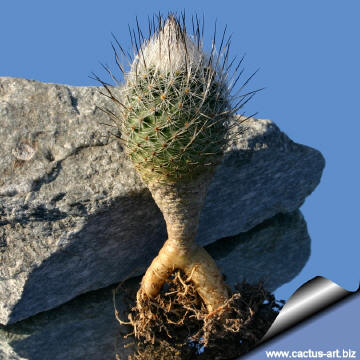 |
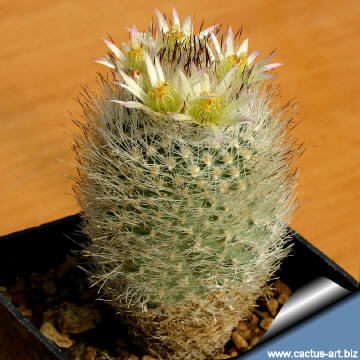 |
|
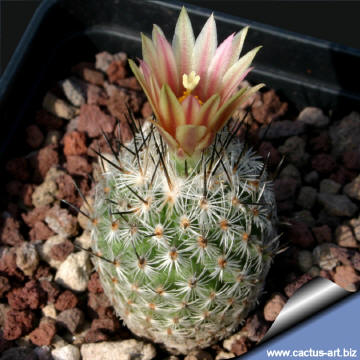
|
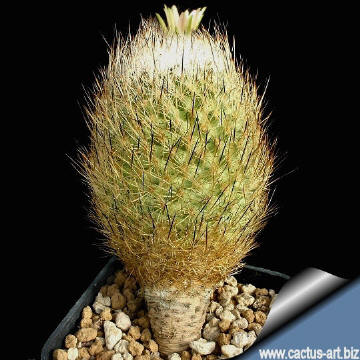
|
|
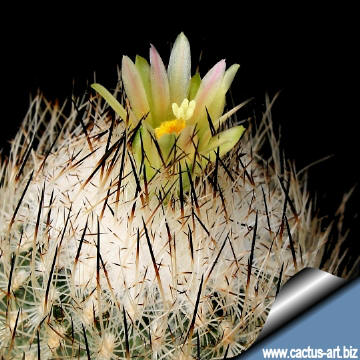
Whitish-yellow flowering form. |
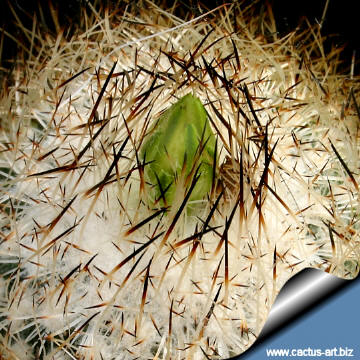
A
flower bud |
|


Advertising
|
|
|
|
|
Scientific name:
Turbinicarpus zaragosae
(Glass & R.Foster) Glass & A.Hofer ex Glass, 1997
Origin: Found in the
municipalities of Zaragosa, Nuevo Leon,
Mexico.
Habitat:
Grows in nearby
gypsum hills. Altitude 1500-1700m
Conservation status: Listed in
CITES Appendix I
Synonyms:
- Turbinicarpus mandragora ssp. zaragozae
(Glass &
Foster) J. Lüthy
- Gymnocactus subterraneus var. zaragosae
Glass & Foster 1978
- Neolloydia subterranea var. zaragosae
(Glass & Foster) E.F.Anderson 1986
- Turbinicarpus subterraneus var. zaragosae
(Glass & Foster) A.D.Zimmerman 1994
- Turbinicarpus zaragosae (Glass &
Foster) Glass & Hofer ex Glass 1997
- Pediocactus subterraneus (Backeberg)
J.J. Halda, Acta Mus. Richnov. Sect. Nat., 5 (1): 17, 1998
- Pediocactus subterraneus v. zaragosae
(Glass & R.A. Foster) J.J. Halda, Acta Mus. Richnov. Sect. Nat., 5
(1): 18: 1998
|
|
Cultivation: It’s a fairly easy species to cultivate, but is quite
prone to rot, especially after the first flowering. Needs a very
well-drained soil. Will benefit from adding up to 30% Gypsum to the
potting mix.
Requires strong sun to part sun. Waterings should be rather infrequent
to keep the plant compact, and avoid it becoming excessively elongated
and unnatural in appearance.
During the winter rest period they should be dry and cool. Interrupt
watering when night temperatures remain below 10° C. It is hardy to
-4°C for a short period.
Assure good ventilation.
Propagation: Seeds.
|
|
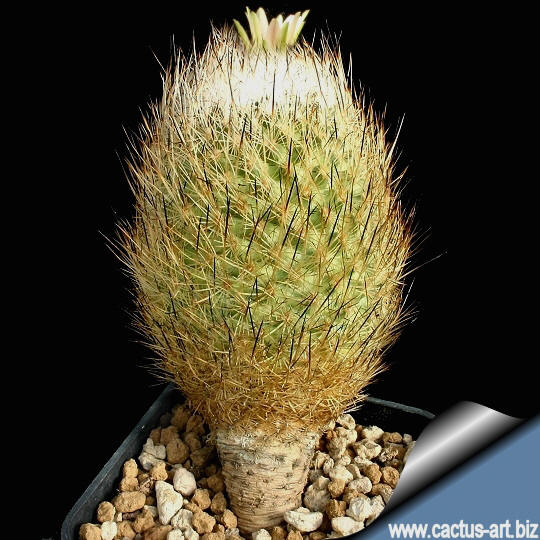
An old
specimen
|
|
|
|
Flowers are multicoloured or bi-coloured, from yellowish-white to almost
violet-pink.
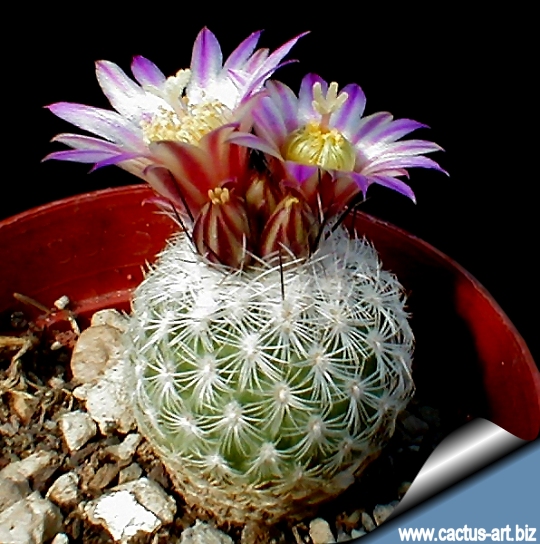
A young violet flowering specimen with still juvenile spines
SB1437
Zaragosa, NL, Mexico
Photo of conspecific taxa, varieties, forms and cultivars of
the Turbinicarpus mandragora
complex
(This taxon has lots of synonyms,
with several controversial varieties and subspecies):
|
|